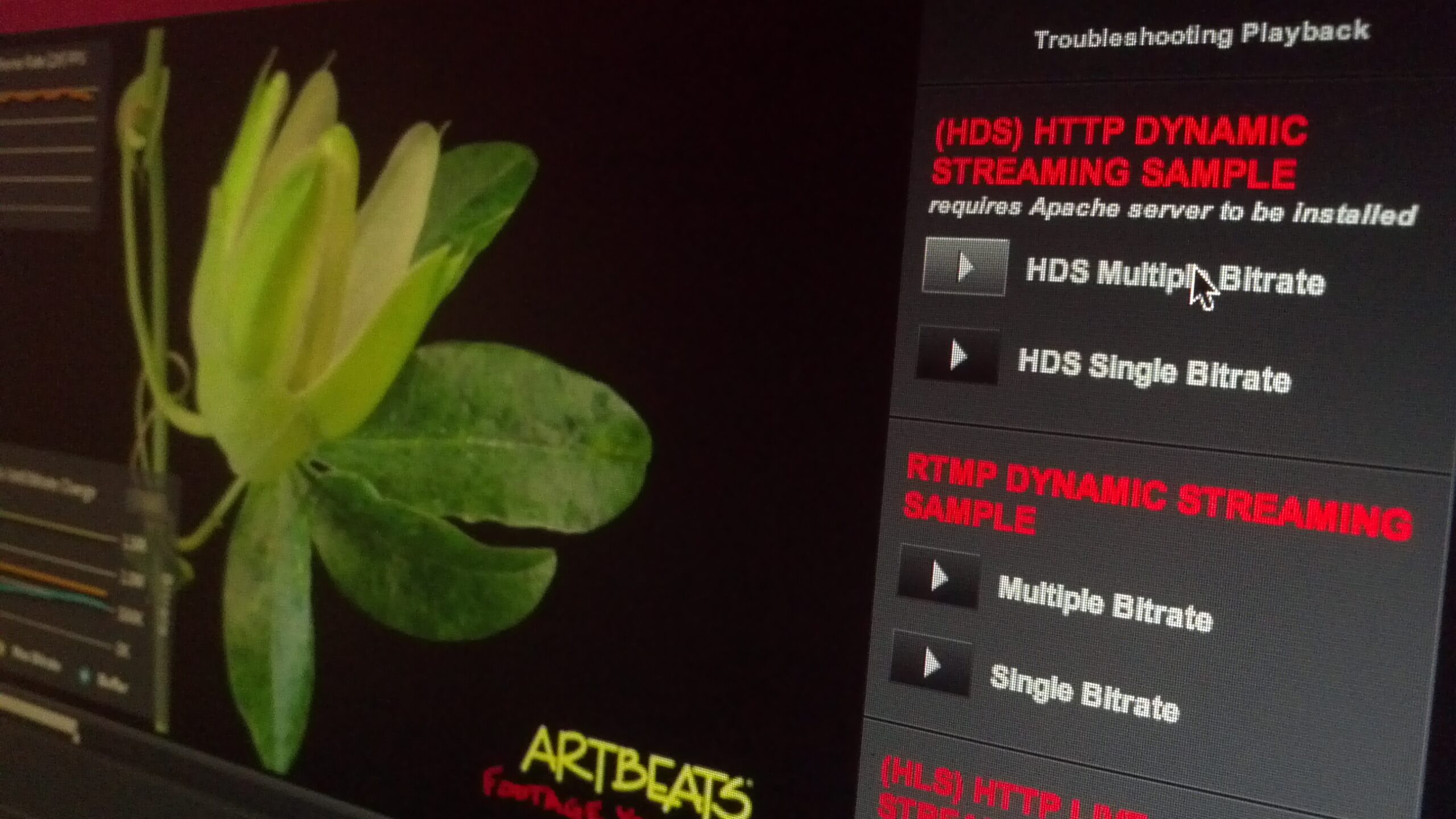 The Open Source Media Framework (OSMF – formerly “Strobe”) is an Adobe architected media framework, and is now available in version 0.9. If you worked with Flash video before in the past, you might be familiar the FLVPlayback Flash component, or the Flex video player component – both are easy to use video players, but primarily built for the use case to play a single clip, and not as a framework.
The Open Source Media Framework (OSMF – formerly “Strobe”) is an Adobe architected media framework, and is now available in version 0.9. If you worked with Flash video before in the past, you might be familiar the FLVPlayback Flash component, or the Flex video player component – both are easy to use video players, but primarily built for the use case to play a single clip, and not as a framework.
So why do you need a framework?
The decision depends on your use case. If are building a small website, with some static videos, the existing components might work well and provide a great default UI. A different case are more advanced video projects. The players might simply not fulfill your requirements, therefore you have to build a wrapper on top of it, or even build your own framework from ground up – if you ever built your own video framework, you probably know this can be a pretty intensive task, and certainly something you don’t to do for each individual video project.
What are the problems OSMF solves?
First of all abstraction of the media playback. Abstraction is not always a great idea, but if you build your UI on a non-abstracted video player and are confronted with some fundamental playback changes, it will become obvious how important abstraction is (e.g. switching from progressive to streaming, or to some of the upcoming Flash Player 10.1 features, e.g. HTTP streaming).
Secondly the ability to integrate standardized plug-ins from 3rd party vendors. The Flash Media partner ecosystem is very broad, with a lot of third parties providing Flash based technology to e.g. deliver ads or do reporting. Without a standardized API, the integration can be a time intensive task, with different architectures colliding. OSMF provides a standardized plug-in architecture, which is a win-win situation. A win for the developer, since the integration work is minimal, and a win for the plug-in provider, since it reduces the custom integration work and provides scalability.
Is OSMF basically for ad integration?
It certainly makes ad integration a lot easier, but it’s not the only use case – the OSMF is for all media types, including video, audio, SWF files, with the ability to create compositions, overlay media elements, create playlists, etc. The benefits are reduced development time, rich ecosystem support, the ability to focus on the important parts of your application (UI, controls, etc) without having to worry about integrating latest Flash media innovations in the future – OSMF will support them from day one without any additional work on your side.
Although the current version 0.9 is still under development, with 1.0 targeted as the first major release, most of the APIs are locked down, or will be locked down soon. Keep in mind OSMF will never be really “finished”, since technology will evolve continuously. If you are evaluating a new player framework, this might be a great timing to look at OSMF.
More information:
Open Source Media Framework (OSMF) website.
Source code.
Developer’s guide.
API documentation.







